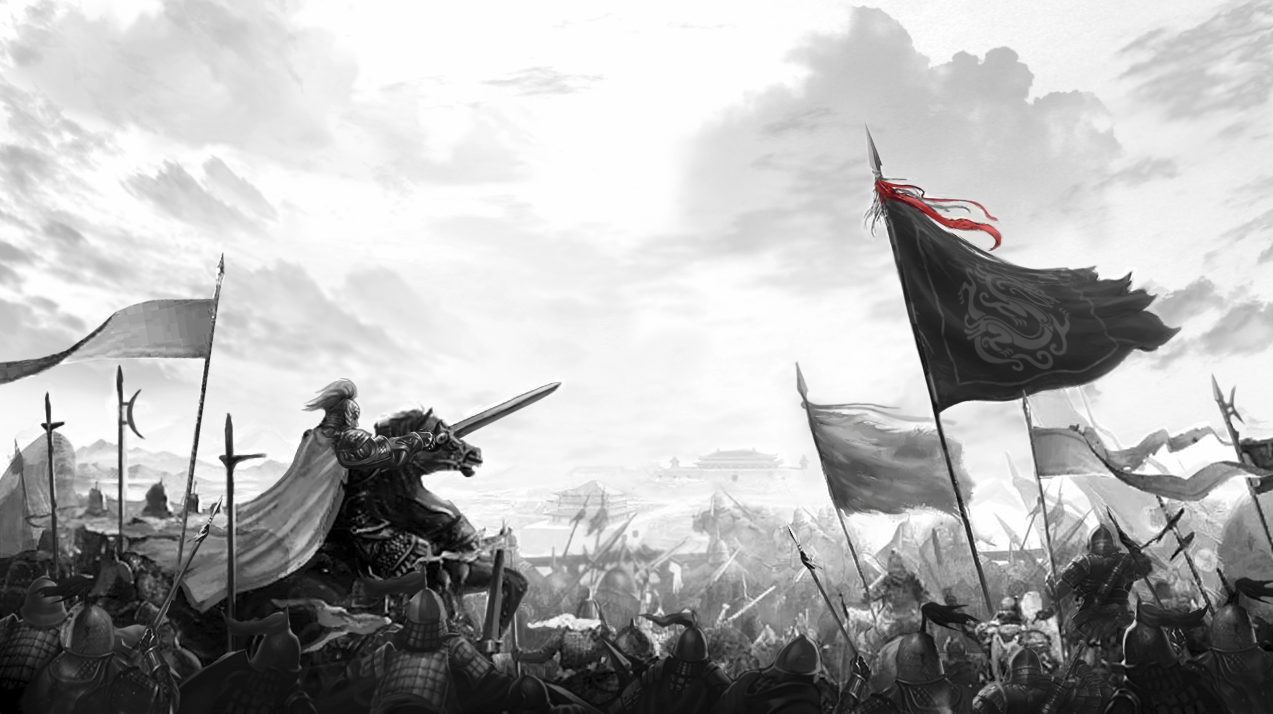Exploring the Thrilling Landscape of Open World Games: A Dive into Hyper Casual Gaming Trends
The gaming industry has continuously evolved, shifting trends and player preferences shaping an intricate landscape where creativity and innovation thrive. Among these trends, open world games capture the imagination of gamers, allowing them the freedom to explore vast environments and engage with a diverse range of challenges. Coupled with the rising popularity of hyper casual games, the gaming experience is becoming more nuanced and engaging. But there’s more than meets the eye. This article delves into the exhilarating realm of open world games while also shedding light on the emerging trends in hyper casual gaming.
What Are Open World Games?
Open world games are characterized by their expansive, seamless environments that encourage exploration and interaction. Unlike linear games restricted to predefined paths, players can traverse stunning landscapes, engage with various characters, and complete quests at their leisure.
The Rise of Hyper Casual Games
While the complexities of open world gaming are captivating, hyper casual games represent a shift toward simplicity and accessibility. These games are designed for quick play sessions, appealing to a broader audience through straightforward mechanics and often minimalist designs.
Different Types of Korok Puzzles in Tears of the Kingdom
In recent notable releases, like "Tears of the Kingdom," players encounter various puzzles that reflect the ingenuity of open world design. Here’s a brief list of different types of Korok puzzles featured in the game:
- Environmental puzzles—solving challenges based on the game's natural surroundings.
- Item collection puzzles—gathering specific items to unlock secrets.
- Spatial awareness puzzles—navigating areas using keen observation skills.
Characteristics of Open World Game Design
Creating a successful open world game involves several key attributes. Developers must ensure:
| Feature | Description |
|---|---|
| Immersive environments | Highly detailed landscapes that draw players in. |
| Dynamic gameplay | A variety of activities and quests allow for unique experiences. |
| NPC interactions | Realistic characters that enhance narrative depth. |
Balancing Complexity and Simplicity in Game Design
The true artistry of game design lies in balancing complexity with accessibility. Open world games often provide intricate narratives, while hyper casual games typically focus on quick, straightforward mechanics. Understanding the audience's needs is crucial in this balancing act.
The Impact of Player Agency on Game Dynamics
One of the fascinating elements of open world games is player agency. The decisions made by players can significantly alter gameplay dynamics, fostering a sense of ownership and engagement.
Trends in Hyper Casual Games
The hyper casual gaming market continues to thrive, and several trends have emerged:
- Short gameplay sessions—making games easy to pick up and play.
- Endless challenges—keeping players engaged through replayability.
- Integration of social features—allowing players to connect and share achievements.
When Was the Last War Game Real?
Reflecting on the realism within war-themed games incites curiosity. The last widely recognized war crossover was in 2018, with notable releases striving for authenticity. In contrast to the laid-back nature of hyper casual games, these titles often grapple with intense narratives, requiring a delicate portrayal of warfare's intricacies.
Monetization Strategies for Open World and Hyper Casual Games
Both segments of the gaming world require effective monetization strategies. Here are some common methods:
- In-app purchases—gaining traction in hyper casual games through cosmetic upgrades.
- Season passes—rewarding players in open world games with exclusive content over time.
- Advertisements—integrating ads in hyper casual formats without disrupting gameplay.
Understanding Audience Preferences
Grasping audience preferences plays a pivotal role in successful game development. Conducting surveys or engaging with the community allows developers to tailor experiences, ultimately leading to higher levels of satisfaction and engagement.
The Role of Storytelling in Open World Games
At the heart of many open world games lies storytelling. Rich narratives draw players into immersive experiences, creating emotional connections between them and the game world. Story elements should evolve based on players’ choices, enhancing the sense of agency.
Embracing New Technology in Game Development
As technology advances, so does the potential for innovation in game design. Emerging technologies such as virtual reality (VR) and augmented reality (AR) are beginning to reshape how games are created and experienced, offering more interactive opportunities.
Building a Community Around Gaming
Fostering a community around games enhances overall engagement and longevity. Developers should encourage player interaction, host events, and utilize social media to create a lively ecosystem of players.
Conclusion
The exhilarating realm of open world games combined with the increasing popularity of hyper casual games signals a bright future for the gaming industry. Whether players prefer the depth of intricate narratives or the simplicity of quick, engaging gameplay, there's something for everyone. Understanding player preferences, incorporating advanced technology, and creating dynamic gaming experiences will continue to shape the landscape, enriching the lives of gamers around the world.



